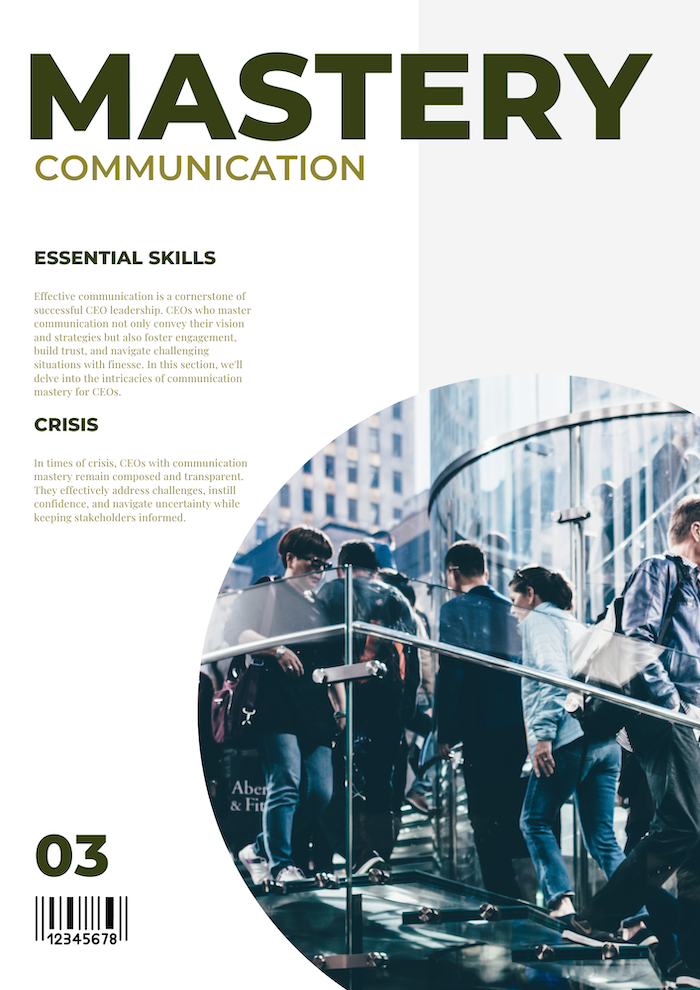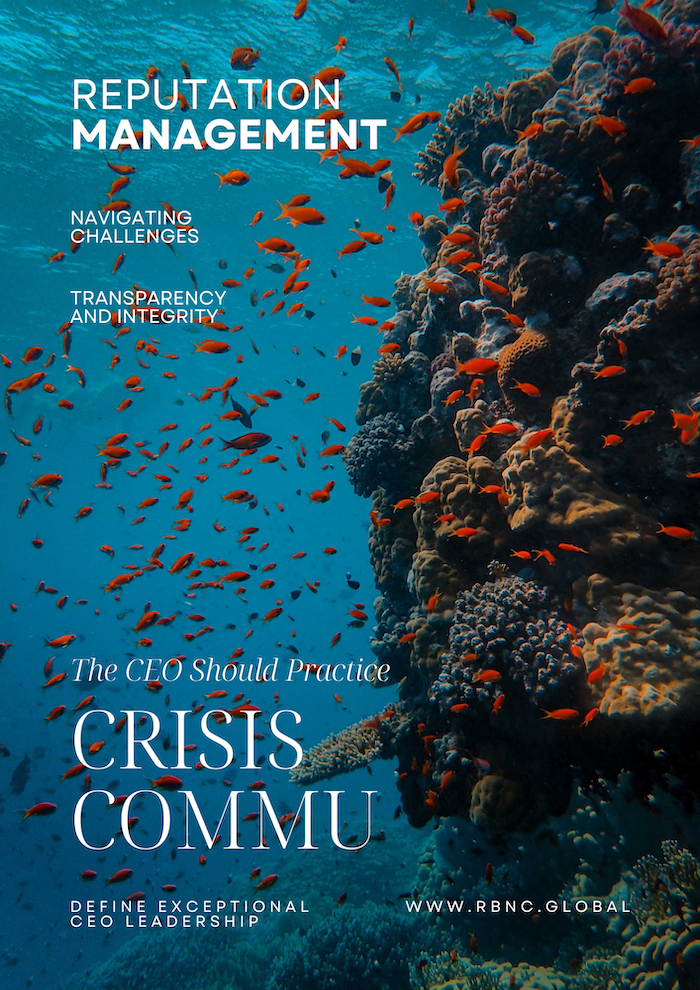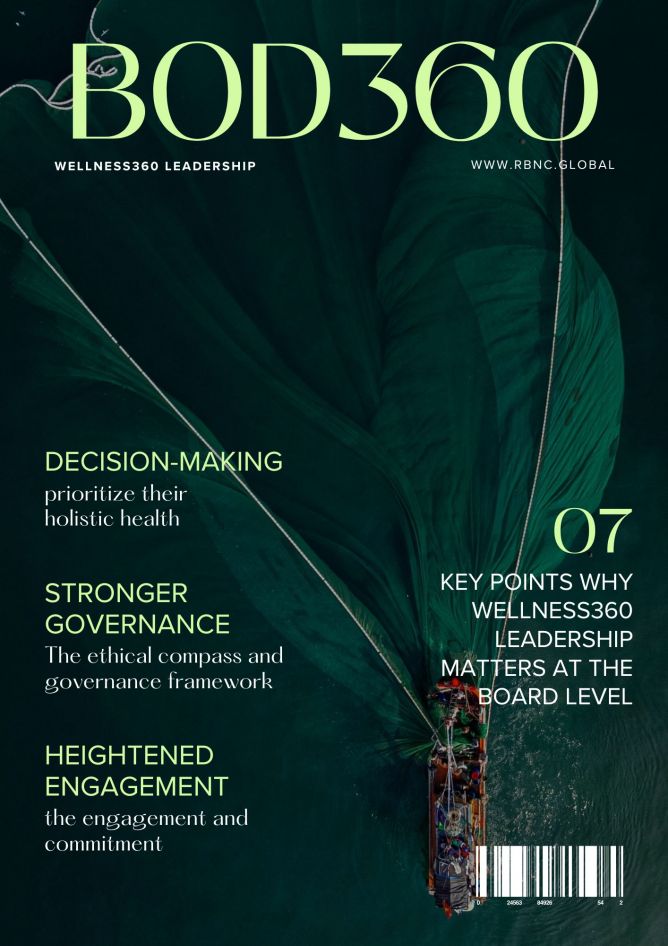Core Functions of a CEO
A CEO's role encompasses a spectrum of core functions that collectively drive the organization's direction, growth, and success. In this section, we'll delve into these essential responsibilities, unveiling the intricate interplay between strategic thinking, resource allocation, performance evaluation, and risk management.
Setting Strategic Direction:
At the heart of a CEO's role lies the task of crafting and executing a strategic roadmap. CEOs must leverage their understanding of the industry landscape, market trends, and competitive dynamics to identify opportunities and challenges. Through a comprehensive analysis, CEOs define the organization's strategic priorities, charting a course that aligns with the company's vision and ensures its long-term relevance.
Resource Allocation:
The judicious allocation of resources is a pivotal CEO responsibility. This involves making decisions about budget allocation, capital investments, and human resources to optimize efficiency and maximize returns. CEOs must carefully assess the potential impact of each allocation on the organization's strategic objectives, balancing short-term needs with long-term growth goals.
Performance Evaluation:
Effective CEOs continuously monitor and evaluate the organization's performance against predefined goals and key performance indicators (KPIs). They rely on data-driven insights to assess progress, identify areas of improvement, and celebrate successes. Performance evaluation enables CEOs to make informed decisions, refine strategies, and ensure alignment with the company's broader mission.
Risk Management:
Navigating risk is an inherent aspect of leadership, and CEOs must be adept at assessing and mitigating potential threats. CEOs identify both external risks (market shifts, regulatory changes) and internal risks (operational inefficiencies, talent gaps) that could impact the organization. They develop robust risk management strategies, implement contingency plans, and lead the organization through unexpected challenges.
Balancing Short-Term and Long-Term Goals:
Striking a harmonious equilibrium between short-term goals and long-term aspirations is a perpetual challenge for CEOs. While short-term achievements validate the organization's operational effectiveness, CEOs must also make decisions that position the company for sustained growth and innovation over time. A CEO's ability to balance these two dimensions is instrumental in driving both immediate results and lasting success.
Innovation and Adaptation:
Innovation is the engine that propels organizations forward in a rapidly changing business landscape. CEOs foster a culture of innovation by encouraging experimentation, embracing emerging technologies, and nurturing creativity across all levels of the organization. They must be agile in responding to market shifts and industry disruptions, leading the company through transformative changes.
Stakeholder Communication and Engagement:
CEOs are the primary conduits of communication between the organization and its stakeholders, including employees, investors, customers, and partners. They articulate the company's strategic vision, progress, and achievements, fostering transparency, trust, and alignment. Effective communication instills confidence in the company's direction and ensures that stakeholders remain invested in its success.
Conclusion:
The core functions of a CEO form the bedrock upon which an organization's success is built. These functions are interconnected, requiring CEOs to possess a holistic perspective that combines strategic acumen, financial savvy, and a keen awareness of market dynamics. By skillfully navigating the complex interplay of setting direction, resource allocation, performance evaluation, risk management, and fostering innovation, CEOs lay the foundation for sustainable growth, operational excellence, and the realization of the company's overarching vision.
Back to: Chapter 1: Understanding the CEO Role









